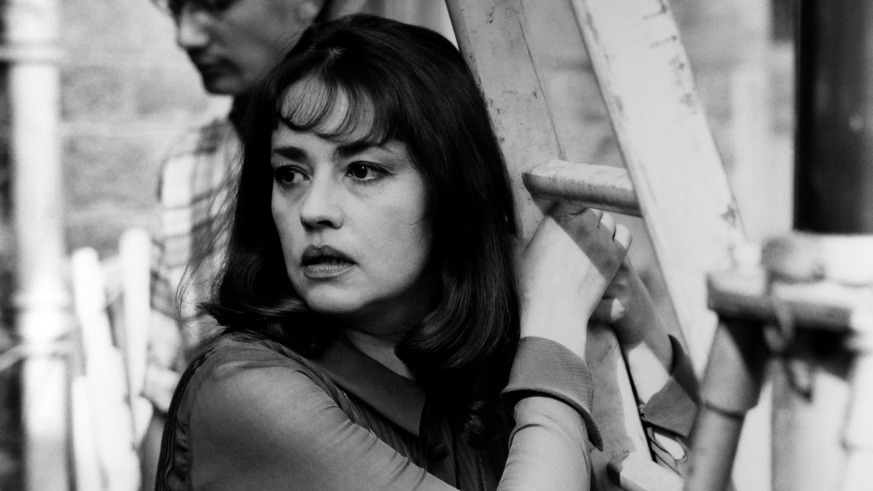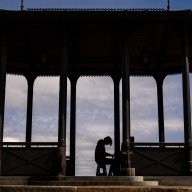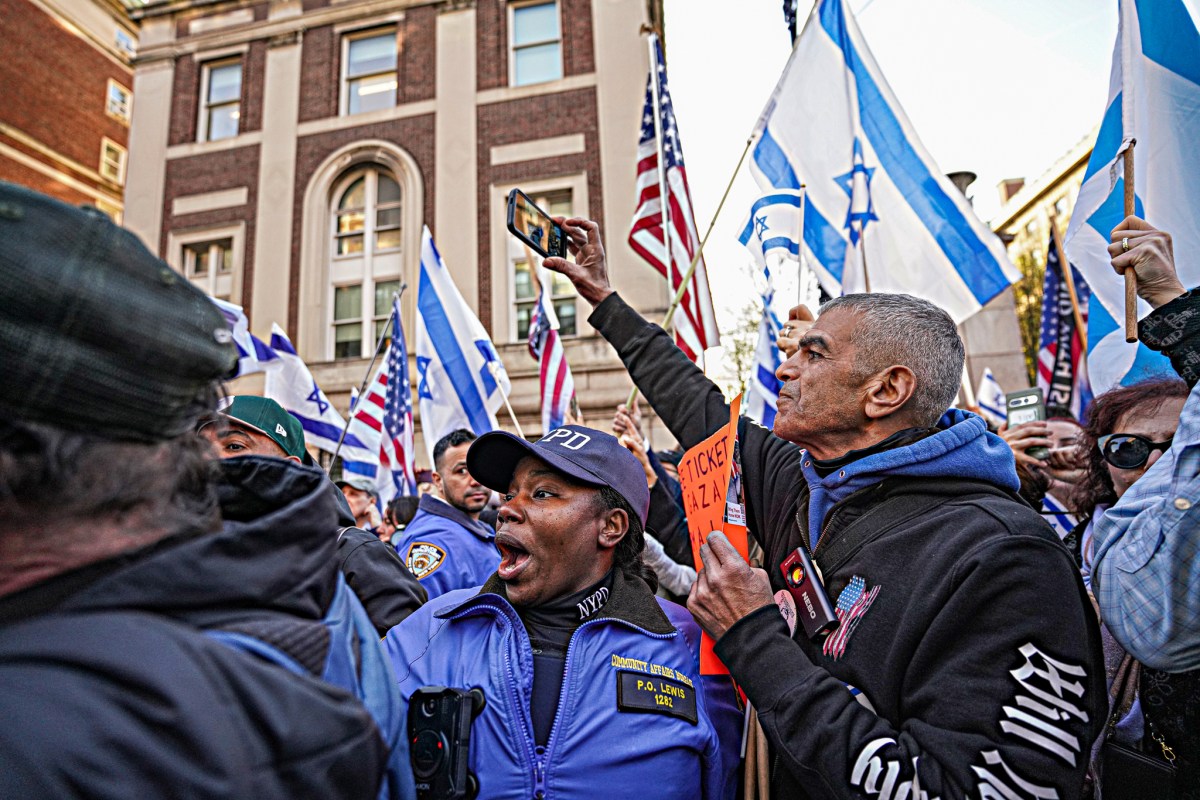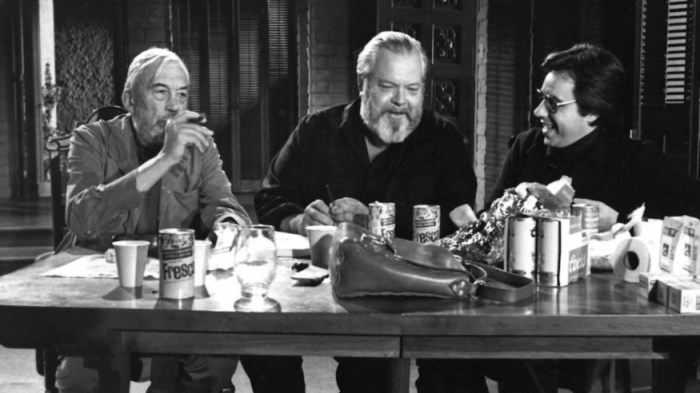Some of us assumed Jeanne Moreau would live forever. She hailed from that age of French cinema that gave us Catherine Deneuve and Brigitte Bardot and Anouk Aimee — cool, sexy, Euro goddesses who usually smoked. She was older than all three; she didn’t become a big star until she was in her 30s. That she prevailed, continued to work into her 80s, and usually for daring, original filmmakers, was never less than a marvel. But this day was bound to come: Moreau has passed at the age of 89.
Moreau is most associated with the French New Wave, especially as the complicated woman who bewitches two friends (Oskar Werner and Henri Serre) in Francois Truffaut’s 1961 great “Jules and Jim.” But she’d been around for well before that, and in great films besides. One of her first big breaks was in 1953’s “Touchez Pas Au Grisbi,” a lean, no-nonsense thriller by Jacques Becker. He was one of the old guard French filmmakers who Team French New Wave actually liked. They were rebelling against a national style they wrote off as “Tradition of Quality,” with Becker as one of the exceptions. Even then, Moreau knew what she was doing.
It was the one-two punch of two Louis Malle films from 1958 — “Elevator to the Gallows” and “The Lovers” — that really made her a name. In “Elevator to the Gallows,” she plays the ladyfriend of a man who kills her industrialist husband, only to get trapped in the elevator shaft during his escape. Moreau spends most of the movie waiting, walking around, strolling through the Paris streets, her head moving in synch to the after-hours strains of Miles Davis’ soundtrack. She didn’t need to do anything more. The camera loved her and she loved it back. She liked being watched.
The 1960s were dominated by Moreau. She was everywhere. She shared the center of Michelangelo Antonioni’s “La Notte” with Marcello Mastroianni, the two brooding as a bourgeois couple who have no love left for each other but can’t move on. She made three with Orson Welles: “The Trial,” “Chimes at Midnight” and “The Immortal Story.” She made two with Truffaut (the other being the Hitchcock homage “The Bride Wore Black”). She worked with Jacques Demy (“Bay of Angels”) and Luis Bunuel (“Diary of a Chambermaid”) and Joseph Losey (“Eva”) and John Frankenheimer (“The Train”).
Everyone wanted her. And she spent every film staying her: tough, remote, vaguely pissed-off. She had that seductive, nicotine-stained alto and that mouth the boys compared to an Ancient Greek bust in “Jules and Jim.” When she warmed-up, laughed or even just smiled, you knew whoever caused it earned it.
As she got older, Moreau would occasionally lend herself to a big title: Elia Kazan’s “The Last Tycoon” from 1976, Luc Besson’s “La Femme Nikita,” “Ever After.” She even has a cameo in “Love Actually.”
But she remained adventurous, looking for adventurous filmmakers. Check her in “Nathalie Granger,” one of the many difficult films by Marguerite Duras, or “Querelle,” the final film by Rainer Werner Fassbinder. She’s deeply moving as a dying woman in Wim Wenders’ five-hour “Until the End of the World.” Two of her last films were by two of the great eccentrics of the movies: Tsai Ming-liang (“Face”) and Manoel de Oliveira (“Gebo and the Others”).
We leave you with an off-the-beaten-path recommendation: 1966’s “Mademoiselle.” It’s barely remembered today, but the film — directed by Tony Richardson, from a script by her future “Nathalie Grainger” filmmaker Marguerite Duras, based on a Jean Genet story — is, apart from being dark and deviant and Euro-sexy as get-out, one of the strangest-looking black-and-white films of the era. It’s not ostentatiously odd; it was lit in unusual ways that make it look ever so slightly off, ever so slightly otherworldly. And throughout Moreau is a great model — not just thanks to her distinctive look, but her distinctive, simmering presence. She was one of the great screen icons, up there with Garbo and Dietrich and Monroe. And she made sure we got to see her all the way to the end.
Follow Matt Prigge on Twitter @mattprigge
















